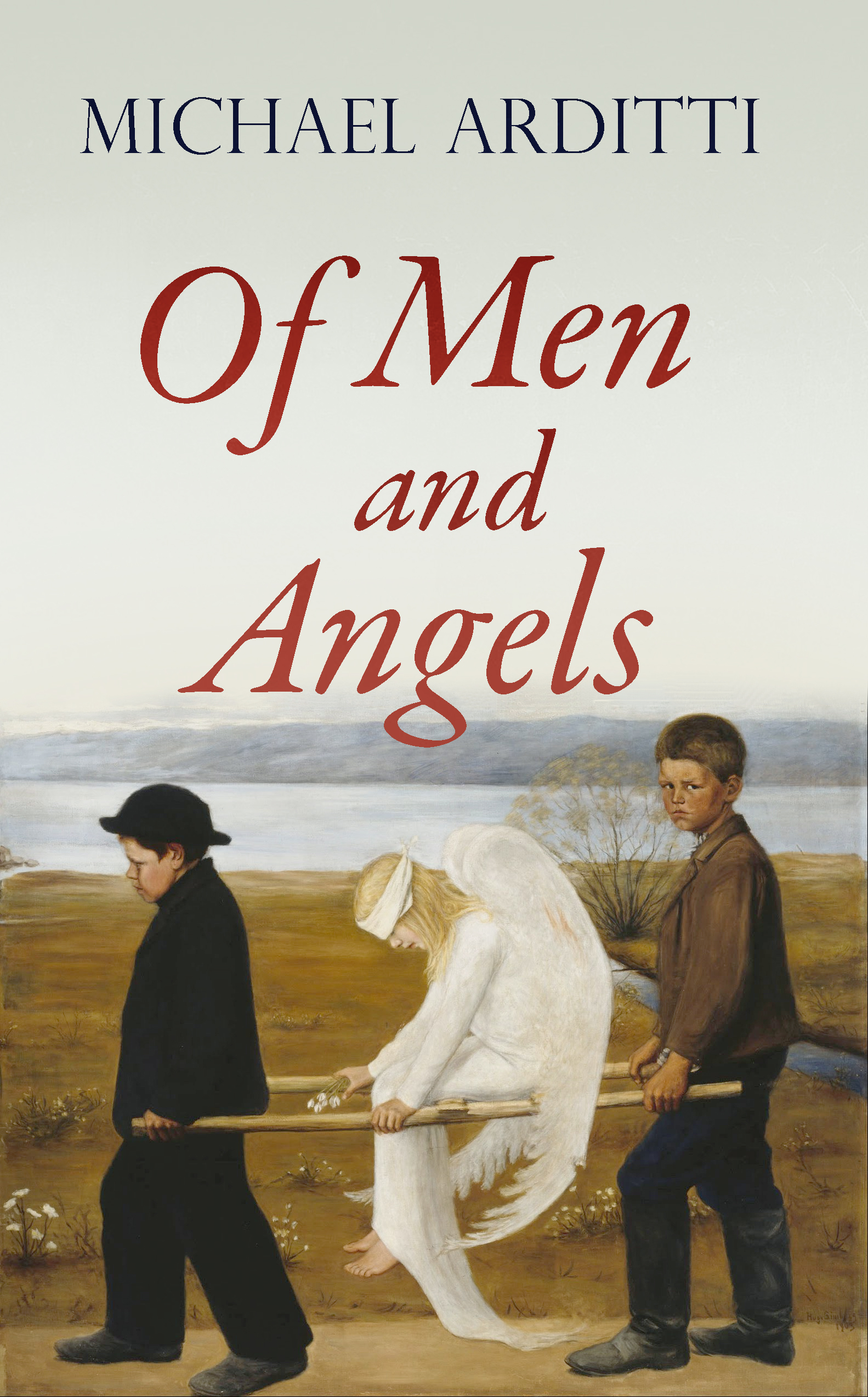From the myths of the Old Testament to the miracles of the New, the Bible has been as much a source of inspiration to writers, artists and composers as it has to theologians and priests. One of the most infamous yet influential of all Old Testament myths is that of the Destruction of Sodom, which has inspired writers from the Earl of Rochester to Proust, painters from Dürer to Turner, and film-makers from Pier Paolo Pasolini to Robert Aldrich.
It has also been a source of untold misery as the justification for homophobia in Judaism and Christianity and, through its retelling in the Qur’an, Islam. In my new novel, Of Men and Angels, I chart the creation of the myth, its codification in ancient Babylon and its dissemination in four momentous times and places: medieval York, Renaissance Florence, 19th-century Palestine and 20th-century Hollywood.
I chose these particular epochs in part to provide respective Jewish, Christian, humanist, Muslim and secular perspectives on the Sodom story, but also to explore its expression in four specific artistic forms. So, in medieval York, the guild of Salters presents the (fictitious) pageant of Lot’s Wife as part of the mystery cycle; in Renaissance Florence, Botticelli (the novel’s one real-life protagonist) paints the story of Lot for the Office of the Night, a court set up solely to try case of sodomy; in 19th-century Palestine, an evangelical rector writes an account of his supposed discovery of the ruins of Sodom; and in 20th-century Hollywood, a closeted movie star plays Lot in a radical biblical epic. Together, the four episodes examine the effect of the myth both on those who promulgate it and those whom it purports to represent.
 To coincide with publication, I offer my list of 10 notable Bible-based novels, in order of scriptural appearance:
To coincide with publication, I offer my list of 10 notable Bible-based novels, in order of scriptural appearance:
José Saramago, Cain
In Saramago’s final novel, he revisits the argument with God he began twenty years earlier in The Gospel According to Jesus Christ. Showing greater respect for the power of the biblical stories than for the faith that underpins them, he portrays Cain as an Old Testament Everyman, more principled than his creator, who is fated not just to wander the earth but to take part in other key events from Noah’s Flood and the sacrifice of Isaac to the fall of Babel and capture of Jericho.
Jenny Diski, Only Human
Moses described God as jealous and, in Jenny Diski’s rich reimagining of the story of Abraham and Sarah (here, Abram and Sarai), he lives up to that description. The ultimate omniscient narrator, he is a petulant parent, never reconciled to the marriage of the beloved Abram to his lowly half-sister, Sarai. The novel is subtitled “a comedy” and there is much wry humour in God’s irritable outbursts, but its heart lies in the tender portrait of a long, loving, but sadly childless marriage.
Thomas Mann, Joseph and his Brothers
Mann, who dispatched Moses in a 120-page novella, The Tables of the Law, took the opposite approach in this massive 1200-page novel about Jacob and his son, Joseph, which he wrote between 1926 and 1943 in part to avoid the need to confront the horrors of Nazism. He considered it his greatest work, although few readers would agree, since the human narrative is frequently swamped by historical and anthropological detail.
Stefan Heym, The King David Report
Heym was an East German socialist who grew disenchanted with the Honecker regime. In his version of the King David story, the prophet Ethan is commissioned by David’s son, Solomon, to write an account of his father’s reign. Ethan’s difficulty in finding people who’ll speak to him, and then knowing what to write when they do, becomes a fascinating study of the anxieties faced by the powerless (in particular, writers) in a totalitarian state.
Dan Jacobson, The Rape of Tamar
Jacobson takes a figure who features in only a handful of verses in the Second Book of Samuel and puts him at the heart of an intense psychological study of envy, voyeurism and violation. Yonadab, King David’s nephew, abets his cousin Amnon in the rape of his half-sister, Tamar, with terrible consequences for everyone around him, including the king. Some have complained that the victim herself is insensitively handled, but that is precisely Jacobson’s point.
Joseph Roth, Job
As the only work on the list to translate a biblical story to a modern setting, Roth’s Job is something of an anomaly, yet it earns its place by the subtlety and conviction with which it recasts the archetypal innocent victim as Mendel Singer, a poor schoolteacher, whose faith is sorely tested by successive disasters both in his native Galicia and after he emigrates to New York. Although rich in incidental detail, the novel possesses both the poetry and the purity of its source.
Michel Tournier, Four Wise Men
Tournier fleshes out the legend of the three wise men, Gasper, Balthazar and Melchior, all of whose lives are unfulfilled until they encounter the Christ child. His masterstroke is to add a fourth, Taor, Prince of Mangalore, a hedonist who heads to Bethlehem in search of the child whom he envisages as “the divine confectioner”. Arriving too late, he ends up in Sodom, a still thriving community by the Dead Sea, but in an ingenious conclusion, he arrives in Jerusalem for the Last Supper.
Nikos Kazantzakis, The Last Temptation of Christ
Although less accomplished than his masterpiece, Christ Recrucified, about an island community’s struggle to put on a Passion play, Kazantzakis’s The Last Temptation of Christ is a fascinating exploration of the duality of Jesus, who here not only assumes human flesh but experiences human weakness. Anathematised by the Greek religious authorities, it later formed the basis of Martin Scorsese’s equally controversial film.
Richard Beard, Lazarus is Dead
In arguably the finest of the many recent novels to have recreated incidents from Jesus’s life, Richard Beard tells the story of Lazarus who, uniquely in the Gospels, is described not as Jesus’s follower but as his friend. In sparky colloquial prose, Beard fills out that friendship, from their childhood in Nazareth, through their estrangement when Jesus becomes an itinerant preacher and Lazarus a temple merchant, to the death and resurrection that has afforded Lazarus lasting fame.
Niall Williams, John
It seems fitting to end this list with Niall Williams’s John, in which the last surviving apostle and witness to Jesus’s ministry is living in exile on the island of Patmos. One hundred years old and blind, he recalls events that took place many decades earlier in Palestine and waits for the Second Coming, which he believes to be imminent. Meanwhile, some of his younger followers prepare to revolt. In embracing John’s account of events, Williams gives the novel a rare meditative power.
- Of Men and Angels by Michael Arditti is published by Arcadia (£16.99)















Add comment